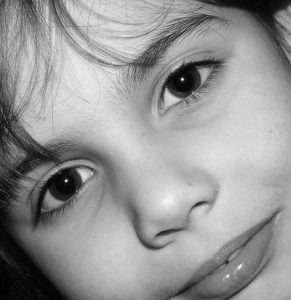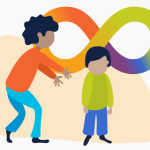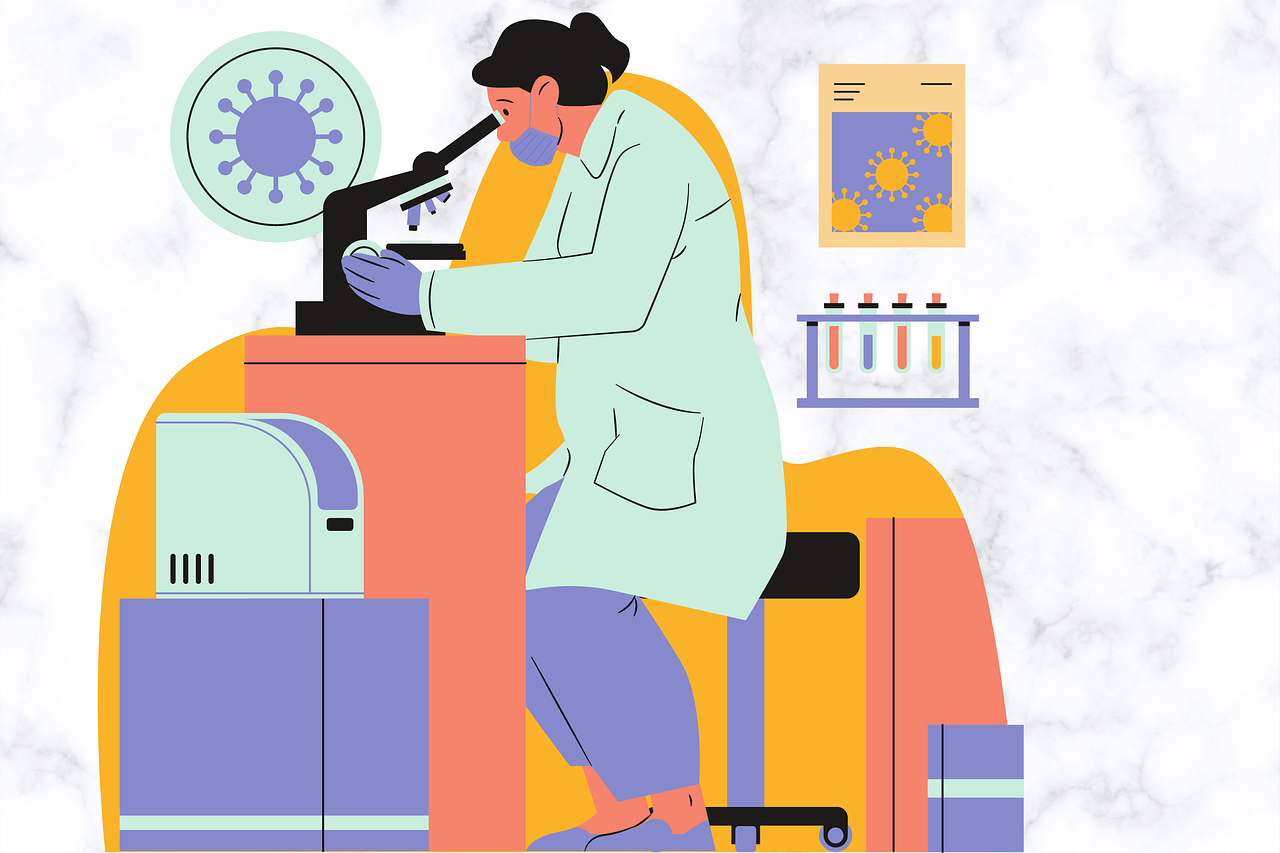New Research Points to a Simple Way to Diagnose Autism
 A recent study from researchers at Johns Hopkins University and Dartmouth College has identified a new marker for autism that could facilitate earlier diagnosis. The marker is a difference in the autistic brain’s capacity for binocular rivalry, which describes the visual cortex’s ability to process one image at a time when presented with multiple images at once. The brain’s inability to ignore one of several competing stimuli is tied to the hypersensitivity to sensory input that is characteristic of autism.
A recent study from researchers at Johns Hopkins University and Dartmouth College has identified a new marker for autism that could facilitate earlier diagnosis. The marker is a difference in the autistic brain’s capacity for binocular rivalry, which describes the visual cortex’s ability to process one image at a time when presented with multiple images at once. The brain’s inability to ignore one of several competing stimuli is tied to the hypersensitivity to sensory input that is characteristic of autism.
Study participants were shown checkerboard patterns of different colors in their right and left eyes, and their visual processing of the images was measured through an electrode that picks up on brain signals. Autistic participants were much less able to toggle their focus between the two images, compared to neurotypical participants.
Researchers found that the rate of binocular rivalry they measured was predictive of the severity of one’s symptoms, and using the data they could diagnose autism in study participants with 87% accuracy. A clear benefit of this study is that this marker is non-verbal, which means it can be used to evaluate young children who have not started talking yet as well as non-verbal adults.
Excerpted from “New research points to a simple way to diagnose autism, even in non-verbal patients” in Massive Science. Read the full article.
Read Dartmouth’s press release about this study, “New Study Shows How Autism Can Be Measured Through a Non-Verbal Marker.”
Source: Massive Science | New research points to a simple way to diagnose autism, even in non-verbal patients, https://massivesci.com/notes/autism-diagnosis-marker-binocular-rivalry | © 2017 – 2019 Massive Science Inc.
To schedule an evaluation or to get advice about your child’s challenges, call or email a CHC Care Coordinator at 650.688.3625 or careteam@chconline.org




